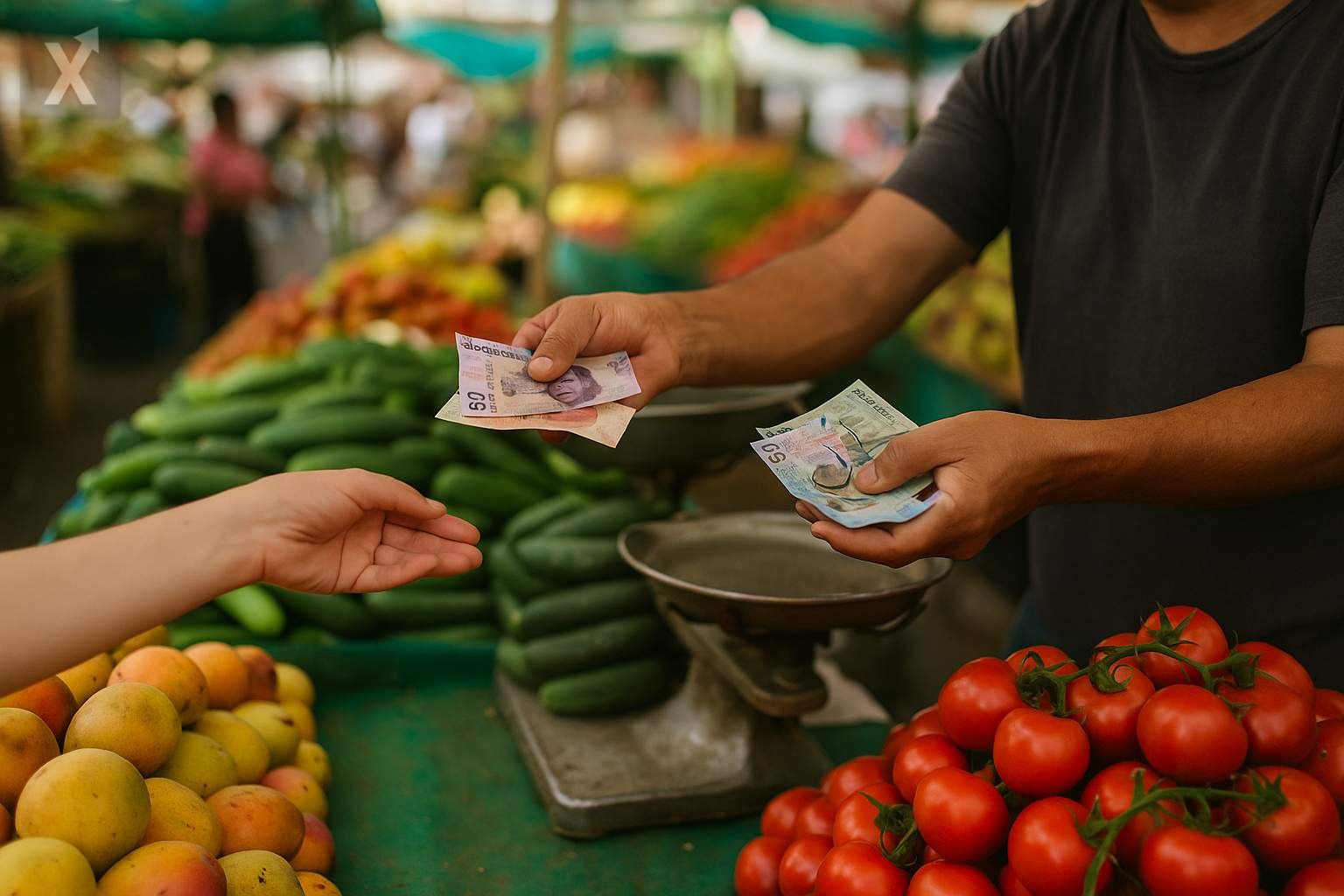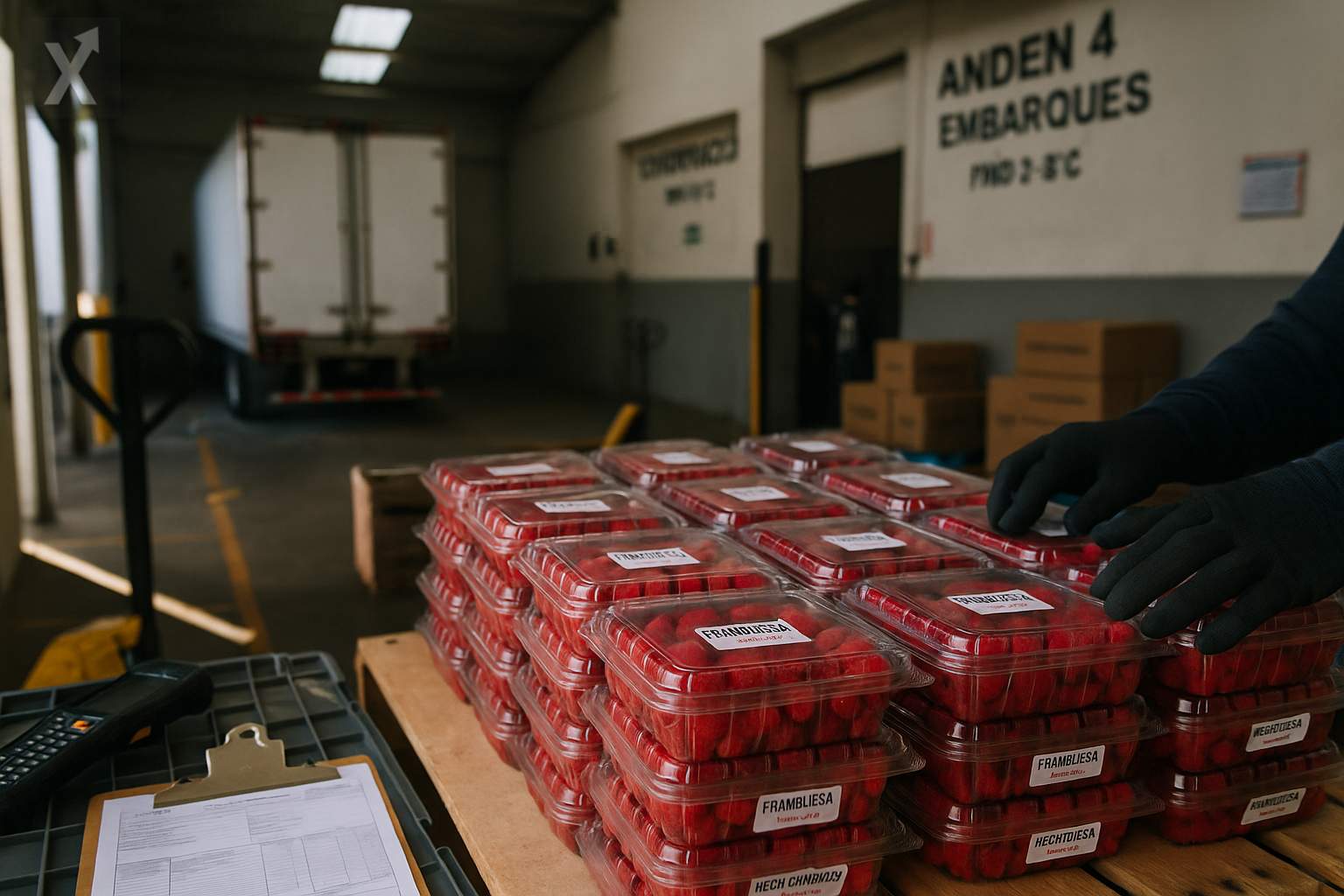Challenging International Scenario: Mexico Faces the New Wave of U.S. Tariffs

As the United States prepares to implement a series of tariff increases beginning August 1, the Mexican economy faces an increasingly complex international landscape. The measures announced by the U.S. government include tariff hikes ranging from 11% to 50% on products from more than 80 countries. However, the United States-Mexico-Canada Agreement (USMCA) continues to act as a partial shield for certain Mexican-made products, though the prospect of new duties continues to loom.
The U.S. administration has argued that the tariffs are intended to strengthen the domestic economy and protect strategic industries. Nevertheless, various analysts warn that these policies could negatively impact not only global trade but also American consumers themselves, driving up inflation and slowing economic growth. According to industry experts, the tariff hike is already showing effects in the U.S. economy, where the Federal Reserve has detected a slowdown in growth during the first half of 2025, despite maintaining low unemployment rates.
For Mexico, these trade tensions represent a double challenge. On one hand, the country remains in a privileged position as a key U.S. trading partner, due in large part to the USMCA. On the other hand, lingering uncertainty about potential tariff threats—such as possible new duties announced in connection with efforts to combat fentanyl trafficking—creates a vulnerable environment for strategic Mexican products, especially for those supply chains closely integrated with U.S. industry.
In this context, several economies have negotiated agreements with Washington to reduce the impact of these tariffs, but so far, only preliminary and limited deals have been reached. Mexico, for its part, remains actively engaged in negotiations aimed at preserving its preferential access to the U.S. market and protecting sectors such as automotive, agriculture, and advanced manufacturing—key pillars of its trade balance.
The situation is also complicated across Latin America. For example, Brazil is already facing a 50% tax on several products starting August 6, in an environment marked by political tensions with Washington. In contrast, Mexico has been partially exempted from the harshest tariffs thanks to prior commitments in free trade agreements, though the risk persists should further diplomatic or political tensions arise.
Looking ahead, Mexico faces the pressing need to further diversify its export markets and deepen integration with global supply chains in order to reduce dependence on its principal trading partner. Experts suggest that careful diplomatic management and accelerated domestic reform will be crucial for maintaining the country’s competitiveness in an increasingly protectionist and volatile global economic environment.
In summary, while Mexico has tools at its disposal to mitigate the effects of the new U.S. trade tariffs, the current environment demands constant vigilance, flexible strategies, and ongoing negotiations to safeguard the dynamism of the Mexican economy and its ability to adapt to external developments.






